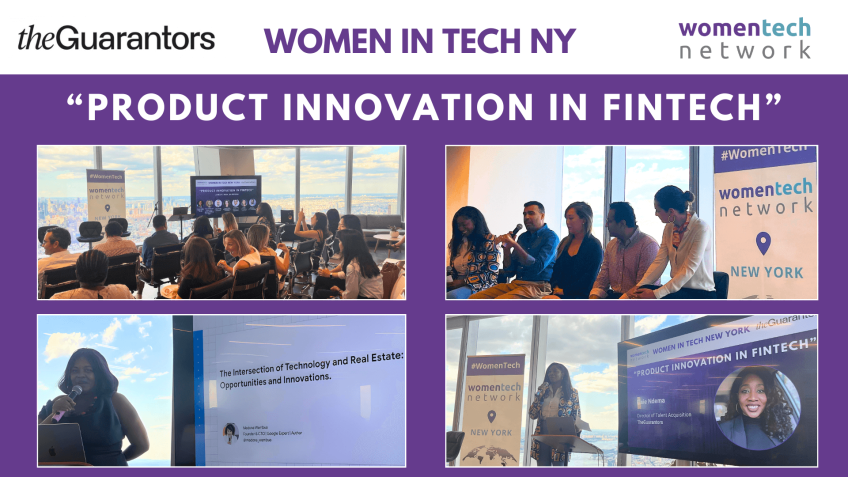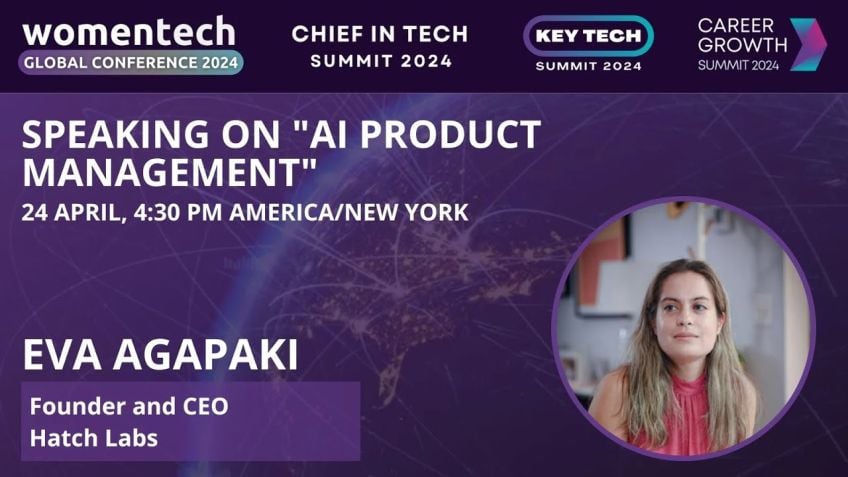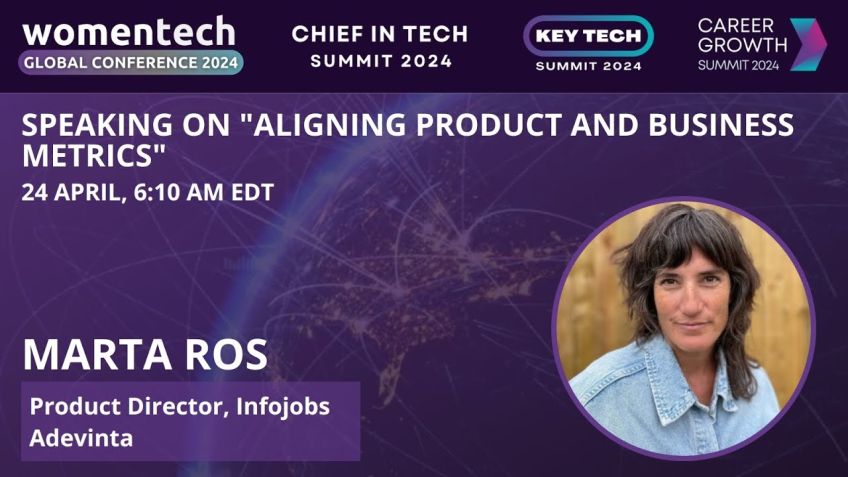Chaos to Clarity - outcome driven product teams
Achieving Outcome Centricity: The Ultimate Guide
Welcome back to our blog! In today's session, let's dive into the world of Outcome Centricity within product teams, how to achieve it and its relevance to success. Remember, this isn't just some tech buzzword but an important conceptual tool that shifts team focus toward the customer: the backbone of our businesses.
Rediscovering the Customer
'Who is your customer? And why do they use your product?'
These are simple yet powerful questions. Sadly, these are often neglected amidst the hustle and bustle of modern corporate culture. The excessive focus on releases, deadlines, resources etc., often results in the customer's needs being pushed to the sidelines. In the digital age where customer is king, this approach can spell doom for businesses.
So, let's reframe our thinking and refocus on the customer.
Practical Tips for Outcome Centricity
1. Understand Your Customer
One of the simple steps to achieve Outcome Centricity is to understand your customers. Avoid generalizing and zero in on your core customer. Make an effort to understand their behaviour, their trigger points, and why they use your product.
Remember to share these narratives with your team regularly. This can be achieved through storytelling. Instead of discussing features, talk about the customer journey and realize "the benefit, not the feature".
2. The Power of Ideation
Once you have your customer in mind, it's essential to spend time identifying problems before jumping to solutions. Albert Einstein once said, "If I had an hour to solve the problem, I would spend 55 minutes thinking about the problem and 5 minutes thinking about solutions".
By using an approach that involves collective intelligence during the product discovery phase, you’re able to leverage the team's expertise while bringing more accountability, ownership, and responsibility.
3. Embrace Data
Until now, we've identified the customer and ideated the problems. The next step involves data – it’s not enough to collect it, but one must be able to interpret it.
Create a cadence for sharing customer data and insights. By involving the team in the analysis of this data, you’re not only keeping them abreast of current trends but also equipping them to create better solutions.
Conclusion
The journey toward Outcome Centricity is progressive and depends on the culture of your organization. But remember, the goal is progress, not perfection. Including your team in every stage of the product lifecycle, focusing on the customer, and using data-driven strategies is the ultimate way to drive Outcome Centricity.
I hope you find these insights from my talk useful in guiding your team towards a more outcome-centric approach. For any questions, feel free to reach out or connect with me on LinkedIn.
Video Transcription
Once again, welcome, everybody. And, thanks for joining my session today.I am really excited to be here as it's my 4th year with moment tech conference being in the, 4th giving a session. I hope you really had great learnings for the past 2 days and for the upcoming days as well. And you can take back these great learnings to your team and organizations. So before you decide to spend the next 15 minutes, listening to my talk. Let me give you a very short introduction about the topic itself. Let's take a look back. Into the last 4 months, how many of you think you sat with your team and discussed about your customer.
So not just as a buzzword, but rather like sitting with your team, talking about your customer, what are their pinpoints, and what are their needs? So all these years have been working with teams and organizations where we really get into this day to day print We start talking about releases. We started talking about project deadlines, meetings, resources, and whatnot. Right? And middle of all these, we lose our focus on the most important thing what we should be focusing on. It's our customers. Have you have any one of you face this? Because we always get to that day to day mode, right, that operations mode. And then we stop thinking about our customers. And in today's session, What I'm going to share is some few practical tips based on my experience with teams and organizations.
Which you can really take back and bring that clarity for your product teams. So let's keep our code and think beyond our dashboards and the deadlines and really start thinking in terms of outcome and what can we make or bring to our customers. So a little bit about myself, My name is. I am living in Munich. I am a product manager working for HSE. Which is an ecommerce and a tv commerce company. And, it's almost 18 years. With the software industry, I started as a developer and then I was a manager. I was in the agile space for quite some time, and then I became now I'm a product manager. I have worked in various industries previously, automotive, telecom, across different countries.
And, yeah, one thing which keeps me forward is really helping the community and mentoring even the people to help them succeed in their career and their professional role. I really love to share my experiences in conferences like this and also to know and learn from the community as well. In my free time, I would really like to travel to explore, to understand different cultures. So that's been, my passion So let's get started. We have only 15 to 20 minutes. So imagine you going back to your teams after the conference, let's say, and asking these questions. Who is your customer? And why do they use your product? It the these questions are not difficult ones. Right? Imagine yourself going to your team and asking these questions. Yeah. Now How many of you think your team would be able to give you an answer to this?
Answer as a not each team member giving different answer, but a unanimous answer as a team to this question. In my last several years of my career, I've been asking these questions, whichever team I'm newly growing or being part of. I continue to ask these questions once in a while to ensure that they know whom they are building something for. Imagine if they don't know whom they are building the products for, How can your team create innovative solutions? How can they bring solutions to the table if they don't know whom they are building for. I'll give you a small story. So in 1962, President John Kennedy was visiting Nazim. And there, he was working around. And he saw a janitor.
And the gender was, of course, having a boom in his hand and the premise president asked the janitor because for fun, what are you doing for Nasdaq? What did he do for Nasdaq? And for which he has given this reply. Mister president, I'm helping to put a man on the moon. Now you try to relate the story with your teams. Again, how many of you think your team would be able to connect the vision of your organization or a product or a goal? How many of them can confidently talk? Like, what are they working for? And most of the times, what happens in organizations, we go to the team with a predefined set of features predefined roadmaps.
And then they start building and delivering features after features without even knowing what are they doing for? So here is by. Outconcentricity is something you really have to focus to bring clarity you to your teams. Now there are different versions of what is an outcome about. And this is one of the definitions I really like. And this is by Joshan, who says that. Outcome is a change in human behavior that drives business results. You cannot make an impact on your product or your revenue without your customers using it. Or without your customer behavior change. It's like your GPS for your product. So what is the step number 1? Yeah. Very simple. Understand your customer. This may sound really simple. However, let me explain why. So most of the times, what happens? There is a initiation kickoff project or a workshop where most of the leaders or teams you get into, define your customer, define journey, and you nicely put it in a slide.
Or, SharePoint or whatever documentation do, you are using it very well. We all go back. We know our customer. And then what happens after some time? Slowly, nobody is talking about customer. We are again back talking about the features. So in order for your product to succeed, understand that clear persona and avoid generalization. If you have to target feature, specific feature, or an outcome, you have to have a core customer in mind. What do they do? Why do they even come and use your product? Take an example of your phone. Right? The way you are using it could be completely different from example, how your parent might be using it. Right? So understand your core customers and why do they use your product? What is their trigger? Is it a burden or they need something? What is it?
And most importantly, talk to your team about it. How can you do it? So as product managers or as a leader, All of us know storytelling is really important, right, bring those stories to your team. Every day. Talk about as a narrative every day. It's it's not a complicated thing to do. I know many of the teams you would be following agile. Right now it is. I think many of the teams would do that. So as part of agile, you have the reviews, print reviews, or your business review, or monthly reviews, whatever that ceremony is. Think about it. Instead of you presenting a feature, I build this button so that on a one click, the customer can send an email, for example.
Now instead of telling that you build a feature, try to tell a story there. Yeah. So this is the customer she or he log in. Example, imagine it as a website, log in to the website, click on the button, and then they could send it. And then they were happy. Again, outcome, right, what is customer getting out of it? Is it making his life easier? Faster. So this is one thing in our organizations we diligently follow. We never talk about features. It is strictly bad. And what we talk about is the use of and the customer journey. And this helps everybody, including the stakeholder. Right, is it really beneficial? And what are the customers getting out of it? So sell the benefits not the features. Step number 2. So this is again. A quote. Right? If I had an hour to solve the problem, I would spend 55 minutes thinking about the problem and 5 minutes thinking about the solutions.
This is arguably the best piece of advice Albert Einstein has given us. And think about it. V, 55 minutes, we try thinking about or solving with the solution and 5 minutes, we think about the problem. That is exactly the mode we are in. Right? So this is the next thing for the teams. Most of the leaders or the product managers you present the road maps to the team. What happens? They're they're just looking down and building and building and building. Marty Kagan, the one of the product gurus who wrote the book inspired, as mentioned in his book, If you're just using your engineers to code, you are only getting half of the value. That's so true because in engineers or the developers are the nerds, they are one who should be supposedly bringing the best ideas to the table.
And we are just asking them to build, build, build, build. You're not using the common collective intelligence in your organization. So you have to take a step before before even you start the delivery. So this is where your experiments and discoveries come into picture. So if you look at this picture, I can point here. So you have your product in the business gold. And from where you define your outcomes that it happens at the strategy level of your organization. Now where do you include your engineers or the designers or the tech? Right? This is where the discoveries and the experiments come into picture. So where you collectively discuss with them, and taking the team decisions, leveraging all the expertise and knowledge. This is how you can bring more accountability, responsibility, and ownership in the teams. So Before even building, before even writing a code, try to discover the right features.
And here, Once you're involving your engineers, they know the why. They know why they're building and when it comes to the solutioning phase, it is really easy and they can really enjoy it. And here as well. Now the story, does anybody know what this stands for? This was a previous company called Bourbon if I'm pronouncing it. Right? So this was a location based social network. Where customers could actually check-in about their meetup and also post the pictures of the meetup. This was several years before. So, however, the was complicated to use for the customers, and they were not getting enough customers. And the founder Kevin was looking really to ring down on the data part. And one thing what he found was customers are really engaging with the photographs.
Even though the app was not used really well. And this is the inspiration. This was the inspiration to the new app, which is the Instagram. So what do we learn from it? Right? Continuously looking into the data and measuring it This is how you know what your customers really need. And at the team level, the problem is what we often see is Teams does not have access to the customer data. So the data or the customer feedback and analytics or whatever tools it is, it stays with some team. Or sometimes even the PMs looping to it. But then this never leeches the tabs. Now you imagine a set of players in the playground, imagining a football or any match. They don't even have a scoreboard there. They're just playing, playing, playing how it would look like. Right? They don't even know if they are winning the match.
So that is exactly how it is if you just keep your developers to keep building And they don't even know who they're building for. Are they even winning the match? How am I contributing to my organization? How would they be motivated? Right? Here as well, one small tip create a cadence every 2 weeks or every 1 month, once a month, have that cadence in place their customer and data insights are being shared and exchanged. This is another thing which really worked in our organization as this was never a practice before. But once we see that, we have introduced this cadence and the product managers come and talk about the customers They talk about what is the matrices and how things are. It really helps your development team to understand where we are.
And initially, it could can happen that nobody has anything, but at least then you start you start with the direction then you can go to solve that problem. How to get that information to the teams. Right? And their roles are involved. I have seen many times engineers really motivated to join these discussions. So To wrap up, what are the key things you have to do? Start with your customers. Don't just lay Let it stay in your confluence page or in a document. Talk about it as a story in your day to day interaction with the team. Involve your team in product discovery. Most of the innovation comes from the engineers. Their ideas are brilliant. Step number 3, have a cadence in place for sharing your data and customer insights.
That would really help you to and your team to have that focus and take data centric decisions. So like any other transformation, say it agile or scaling, Optum Central City is also progressive thing. It's a journey depending on the culture of your organization or even the people. And what is important is to aim for progress than to have the perfect word. So go back to your teams. And ask start with this question. Who is your customer and why are they using your product? And kick start your journey towards outcomes centricity from that. So if you have any questions, maybe you can write it in the chat. We still do have 2 minutes. Or even you can reach out to me in LinkedIn And I would be really happy to connect with you and also talk about if you have any questions to help you and guide you.
Through the topic of, the product management or Kenneth.





